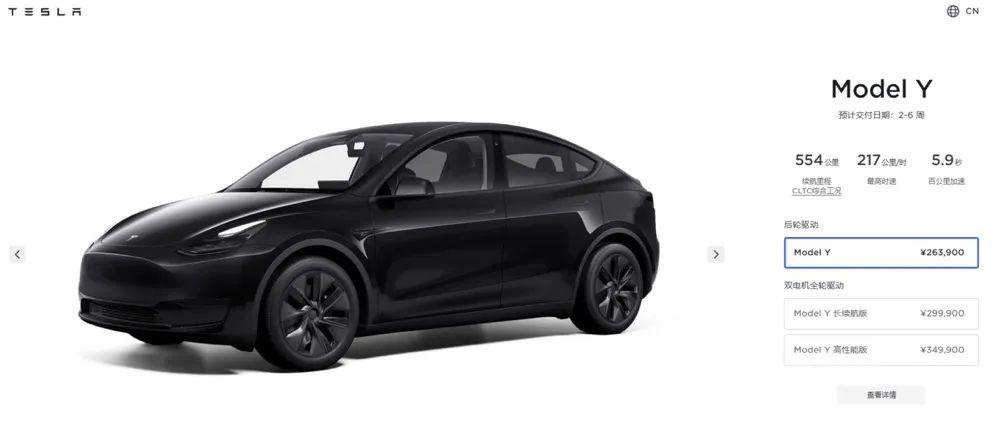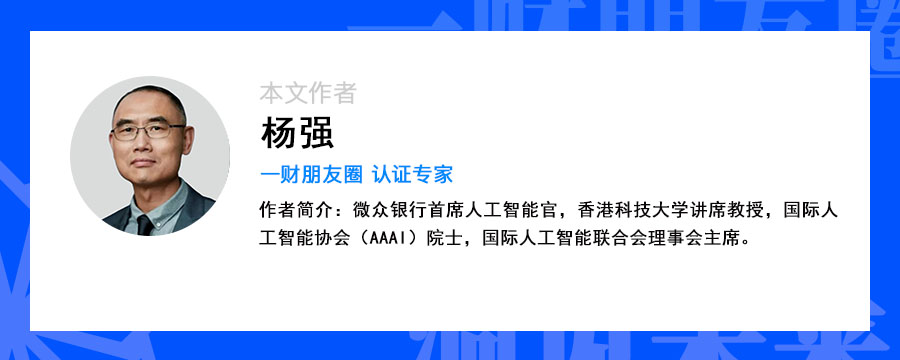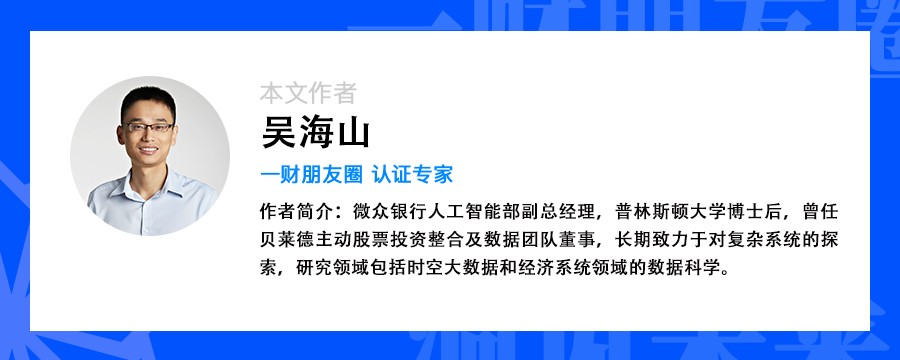Automobile Museum: Wind on Wheels
Do you still remember the first car you owned? In the memory of many people, their well-off life became clear with the speed of the wheels. The former Xiali, Santana, and Fukang… were the active attempts of Chinese automakers to bring cars into people’s lives, and also marked the beginning of the diversified production of automobiles in New China.
From the height of an era, these cars that have now entered the museum show a living historical section of China’s economic take-off since the reform and opening up. And people also feel their lives and struggles intertwined with the development of the country in these base colors of the rolling wheels of the era…
The earliest and last "Poussin"

The heat of midsummer has not dampened the enthusiasm of Shanghai citizens to "breathe" on weekends. On a blazing Sunday, the parking lot in front of the Shanghai Automobile Museum in Anting Town, Jiading District, was full of private cars of various brands and styles from visiting citizens. If you want to look for the imprint of the beginning of China’s family car era, if you want to find the imprint of China’s family car era, you can find it in this automobile museum. The two Santana cars called "Old Pusang" on display here have witnessed the unforgettable development of China’s automobile industry and China’s family car.
The Chinese must be no stranger to the Volkswagen Santana sedan. For many people who are a little older, the Volkswagen Old Poussin is the "divine car" in their minds, which is a kind of hard-to-part feeling. Their memories of private cars began with the old Poussin.
A black Santana sedan on display in the museum is as charming as an old gentleman from Shanghai. The license plate of the "1983 SAN" indicates its identity – it is a Santana assembled in Shanghai in 1983 in all imported parts. A lot happened in 1983, and the biggest event for the Chinese auto industry was the establishment of a joint venture between Shanghai Automobile Factory and what was then West German Volkswagen, called "Shanghai Volkswagen", and the first product of the joint venture was the Santana. At that time, no one could have predicted that the name of this car originated from a whirlwind in California called "SANTANA", which actually blew the whirlwind of family cars in China and became popular for nearly 30 years. It opened the door to the dream of owning a car for countless Chinese families, became synonymous with family cars, and changed people’s life patterns.
The overall shape of this Santana, produced 37 years ago, is not much different from the old Poussin we later saw on the market. The lines and corners of the whole car are square, but there are differences in some details such as lights and grille. There is a special "Shanghai" logo on the front intake grille of this Poussin, indicating that the vehicle is assembled at the Shanghai Automobile Factory. Although the internal configuration of this car is really the same as that of today’s family cars, such as the four-speed manual transmission and mechanical steering wheel, there is not so much auxiliary technology, but it can be said to be very excellent at the level of the year. Due to the high chassis, high horsepower, and a large fuel tank that can hold 60 liters of gasoline, Santana was very suitable for driving in China’s unsatisfactory road conditions at that time, and the advertising slogan "Own Santana, you are not afraid of traveling all over the world" also spread to thousands of families.
Xin Chang, a full-time lecturer at the Shanghai Automobile Museum, told reporters that all the parts of the first batch of Santana assembled in Shanghai were imported from Germany, which was actually no different from imported vehicles. Santana, which inherited German quality, also started its own brand at that time with solid leather and durability. At that time, the price of Santana assembled with imported parts was also relatively expensive, costing nearly 200,000 yuan a piece, which was not affordable to ordinary people. However, with the domestic ability to produce parts independently, the price of Santana was gradually reduced, and eventually became the most classic "national car" for Chinese families. Xin Chang remembers that Poussin sold for 55,000 yuan a piece at its cheapest.
Santana opened the prelude to the development of Chinese automobiles in the way of "joint venture production, market for technology", from the initial semi-bulk assembly, to the production of each manufacturing link to gradually achieve high standards, and then to achieve full localization and reach the international manufacturing level, laying the foundation for the independent development and joint venture of China’s automobile industry. Shanghai Volkswagen has launched Santana 2000, Santana 3000 and Santana Vista models one after another through technical research and digestion of Santana, but the sales of Pusang are still unable to shake. Just before the production is about to stop in 2012, there is even news that Pusang will increase the price to pick up the car, which is enough to see Pusang’s status in people’s hearts.
From the original Poussin, to the Poussin, which was constantly upgraded in technology and configuration, Santana has always been the kind of square-headed image, during which many other car brands are rising and declining, but Santana is still the classic Santana. In the past 30 years, Poussin has been the responsibility of Volkswagen’s domestic sales in China, creating a total sales miracle of 3,213,710 vehicles. The total sales volume of the whole series has exceeded 5 million vehicles, making Santana the highest-owned car brand in China.
A dynasty always comes to an end. Due to the appearance and accessories that could not keep up with the development of the times, in 2012, Shanghai Volkswagen officially discontinued the Poussin model. This classic model with a high chassis and a square front face was officially withdrawn from the market, replaced by the new Santana developed on a new platform. In the Shanghai Automobile Museum, a white Poussin that was the last batch to be discontinued in 2012 became the last witness of the "Poussin Dynasty".
The earliest and last Pusang are transformed into a time-space tunnel spanning three decades in the Shanghai Automobile Museum. Those days with Santana are like a flood in the memory of visitors. Mr. Gao, a visitor, said of his former car, Santana: "He is an important friend that I will never forget in my life."
In the early 1990s, at the age of 30, Mr. Gao decided to quit his original unit and go into business, and the Poussin he bought was his most loyal partner in family life and business. The Santana had been in operation for nine years. During these nine years, he worked hard for the Gao family "full attendance", but later the needs of business made Mr. Gao have to bid farewell to the old friend. He said: "When I saw its second owner drive it away, my heart was sore." He looked at the white Poussin in the exhibition hall, and his eyes seemed to see the old friend who had accompanied him again. It was a simple but deep feeling.
The Poussin in the exhibition hall reminded some Santana owners of their own struggles, and some people who had never owned Santana also inexplicably developed an emotion for it. It was not so much that people were reluctant to part with Santana, but rather their own stories and feelings about youth and struggle along the way.
Next to the Shanghai Automobile Museum is the "EV-AI Smart Port", which shows the life of the most fashionable electric vehicles at present, and the Expo Road at the entrance is also the test section of autonomous driving of Shanghai’s intelligent networked vehicles. Inside and outside the museum are the historical records and future visions of Chinese family car life. If Pusang had eyes to see out the window, he should be relieved.
Drive to a well-off life

In the 1990s, Santana, Jetta and Fukang were collectively referred to as the "old three" of domestic cars and were the main force in the domestic family car market. Tang Guohua of Changsha, Hunan Province, has collected the first Fukang car that rolled off the production line in his "Hexi Automobile Exhibition Hall".
In the late 1990s, Tang Guohua was transferred from the Air Force to the position of deputy director of the labor bureau in a district. After learning about machine repair during his time in the army, Tang Guohua, who had car dreams, did not follow the steps to become his director. Instead, he plunged into the automobile distribution industry, began selling Dongfeng auto parts, and gradually developed the business into automobile dealership. Today, the Hunan Lantian Automobile Group he founded is firmly in the top three in Hunan’s automobile dealership industry. The cars displayed in the Hexi Automobile Culture Center are some of the vehicles collected by the Lantian Group during its 20-year development.
Since the start of his career benefited from "Dongfeng", in the early days of founding the automobile sales group, Tang Guohua only did "Dongfeng Department". By chance, Tang Guohua went to Dongfeng Group to work, and a friend told him that the first Fukang sedan jointly produced by Dongfeng and Citroen was thrown in the wind and rain in a corner of the Xiangfan factory. When Tang Guohua, who liked to collect vehicles, heard about it, he immediately went to the relationship and looked for the relevant certification records of this car. Finally, it was determined that this was indeed the first Fukang produced by Dongfeng Citroen. After a conversation with the senior management of Dongfeng Company, the other party was moved by Tang Guohua’s enthusiasm and agreed to hand over the car to Tang Guohua for collection.
According to historical records, on September 4, 1992, the first CKD-assembled "Fukang" sedan was officially rolled off the production line at the Xiangfan Dongfeng Automobile Assembly and Trial Plant. The car was the first car assembled and produced by Shenlong Automobile Co., Ltd., a joint venture between Dongfeng Automobile and Citroen Automobile, using parts imported from the Ornai General Assembly Plant in France. Its name in the origin market was Citroen ZX, and after being introduced to China, the Chinese name was designated Shenlong Fukang.
In 2017, Tang Guohua, who was like a treasure, shipped the white Fukang car with number 00001 back to Changsha, and after some rectification, it was displayed in his car culture exhibition hall. Because the first 4S store operated by Lantian Group was the Dongfeng Citroen brand, this Fukang was of special significance to Tang Guohua, and it was almost the "treasure of the town hall".
In fact, the reason why Tang Guohua has a soft spot for Fukang is also because the first car he bought in 1999 was also Fukang.
"Back then, I was driving it to run business and drag accessories. It accompanied me throughout the difficult journey of starting my business in the early stage…" Looking back on the road to entrepreneurship, Tang Guohua, 57, is full of emotions. "At that time, it was a very face-saving thing to be able to drive a Fukang car." Tang Guohua said that this car accompanied the start and take-off of his entrepreneurial road. "Driving to talk about business can bring more trust to customers." Tang Guohua said with a smile. At that time, he ran business, not afraid of hardship or tiredness, and he also drove to Guangdong, Hubei and other places regardless of day and night. In addition to the province, he often drove to Guangdong, Hubei and other places, and each time the Fukang car did not disappoint him.
He gave the Fukang car that accompanied Tang Guohua’s business to his younger brother and nephew one after another. It was not until 2018 that the "classic car" that ran nearly 400,000 kilometers was honorably retired and was collected by Tang Guohua in his automobile culture center.
In charge of a car group with tens of billions of yuan in revenue, Tang Guohua has achieved "car freedom". After Fukang, he bought Dongfeng Citroen C5, Dongfeng Nissan Loulan, Infiniti, Mercedes-Benz S and other cars. When changing cars, the old cars were not sold, and they all became his collection. Tang Guohua wants to treat his treasure of the year as an element of car culture and share it with riders. In his opinion, this is not only to remember the original intention of hard work, but also because used cars "have temperature and stories". Of course, his favorite is the Fukang sedan that accompanied him to start from scratch 21 years ago.
"A car should not be just a tool, but an element of life." As an entrepreneur, Tang Guohua has a deep fascination with "car culture". In the Changsha Hexi Automobile City he built, not only do dozens of 4S shops operate, but the completely free "Hexi Automobile Culture Center" attracts people who love car culture. In addition to the first domestic Shenlong Fukang, Tang Guohua’s Fukang, and Dongfeng Citroen C5, there are also various precious models of different eras such as Mercedes-Benz steam cars, Beetles, Red Flag courtesy cars, Shanghai brand cars, Willis, etc., as well as engines, car chassis and car-related cultural objects.
Although more than 100 million yuan has been invested in the vehicle collection, Tang Guohua said that dreams have nothing to do with money. He hopes to make more young people love cars, understand history and cherish the present. Tang Guohua told reporters that the car culture exhibition hall has been declared to the Hunan Provincial and Changsha Municipal Cultural Tourism Bureau as "Hunan Vehicle Museum", and it is estimated that it will be approved soon. By then, this will be the real first automobile museum in Hunan. (Reporter, Liu Zhaohui)










